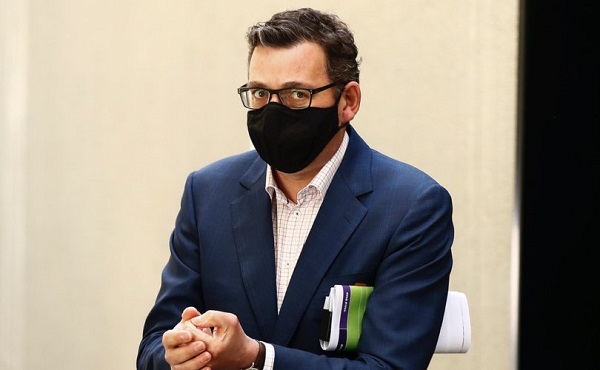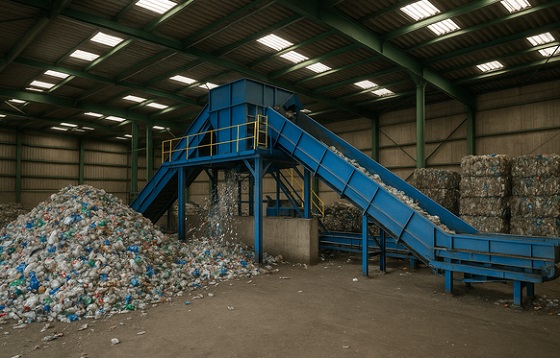Business
Carney pivots from anti American campaign, embracing US and hailing Trump as “transformational president”
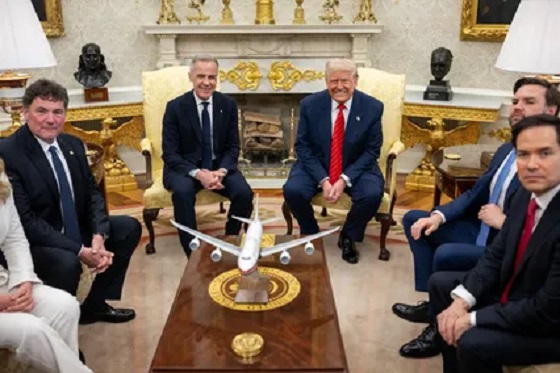
 MxM News
MxM News
Quick Hit:
Canadian Prime Minister Mark Carney met with President Donald Trump at the White House on Tuesday and praised the American leader as a “transformational president” with a relentless focus on workers, border security, and combatting fentanyl.
Key Details:
-
In front of reporters in the Oval Office, Carney said Trump was “focused on the economy, with a relentless focus on the American worker, securing your borders… ending the scourge of fentanyl and other opioids, and securing the world.”
-
The newly elected Canadian leader said he intends to implement a similar agenda in Canada, including heightened attention to border security, defense, and Arctic development.
-
Despite past trade friction between the two countries, Carney voiced confidence in the future of U.S.-Canada relations, stating, “We’re stronger when we work together… I look forward to addressing some of those issues that we have.”
Diving Deeper:
Canadian Prime Minister Mark Carney offered striking praise for President Donald Trump during a Tuesday visit to the White House, calling him a “transformational president” who has reshaped the global conversation on the economy, national security, and public health. Speaking alongside Trump in the Oval Office, Carney lauded the president’s focus on protecting American workers, confronting the fentanyl crisis, and reinforcing the nation’s borders.
“You’re a transformational president, focused on the economy, with a relentless focus on the American worker, securing your borders… ending the scourge of fentanyl and other opioids, and securing the world,” Carney told Trump.
According to Carney, many of the issues central to Trump’s presidency were also top concerns for Canadian voters. “I’ve been elected… with the help of my colleagues here, I’m going to spread the credit, to transform Canada with a similar focus on the economy, securing our borders, again, on fentanyl, much greater focus on defense and security, securing the Arctic and developing the Arctic,” he said.
Though the two leaders were cordial, the backdrop of their meeting carried a history of trade disputes. Early in Trump’s second term, his administration imposed tariffs on Canadian goods—a move that prompted retaliatory measures from then-Prime Minister Justin Trudeau. Still, Carney emphasized cooperation and struck a hopeful tone, noting that the U.S.-Canada relationship has endured challenges before.
“The history of Canada and the U.S. is we’re stronger when we work together, and there’s many opportunities to work together,” Carney said. “I look forward to addressing some of those issues that we have, but also finding those areas of mutual cooperation so we can go forward.”
President Trump, for his part, congratulated Carney on his election and offered warm words of welcome. “I want to just congratulate you. That was a great election, actually,” Trump said. “We were watching it with interest, and I think Canada chose a very talented person, a very good person… it’s an honor to have you at the White House and the Oval Office.”
The meeting marked Carney’s first official trip to Washington since taking office and served as an early sign that the two North American leaders may chart a path of renewed collaboration—grounded in shared priorities of national strength and economic growth.
Business
Reality check—Canadians are not getting an income tax cut
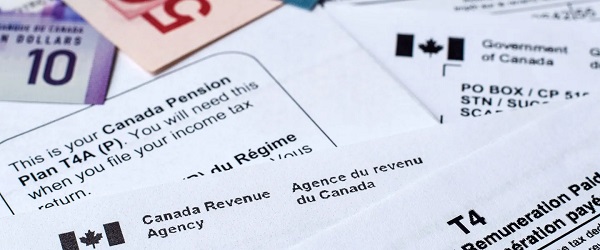
From the Fraser Institute
By Jason Clemens and Jake Fuss
On the campaign trail, both the Conservatives and the Liberals promised to cut personal income taxes, and with the Liberal Party winning a minority, one assumes the Carney government will fulfill the promise and reduce the bottom personal income tax rate from 15 to 14 per cent. However, in reality, due to the dismal state of federal finances, neither party actually offered a tax reduction but rather simply a deferral of taxes to the future.
The key variable in any government’s fiscal policy is spending. It represents the amount of resources the government plans to marshal for its various programs and transfers. At any given point in time, a country has only so many resources (i.e. raw materials, workers, equipment, etc.) and a government’s spending plan represents the share of those resources it intends to use for its purposes rather than leaving them in the hands of the people, families and businesses that actually created them.
Taxes are simply the way governments finance that spending. But it’s not the only way. Governments in many western countries, particularly Canada and the United States, have increasingly relied on borrowing to finance current spending. Instead of raising taxes today to pay for increased spending, governments defer those taxes into the future by borrowing and increasing government debt.
According to the Trudeau government’s last economic update, Ottawa expected to collect $516.2 billion this year (2025/26) but planned to spend $558.3 billion on programs and debt interest payments. The difference—$42.2 billion—represents how much the federal government plans to borrow.
According to the Liberal Party’s election platform, the promised tax cut to the lowest personal income tax rate will reduce revenues by a projected $4.2 billion this year. If the Liberal platform also reduced spending by at least the same amount, the tax cut would represent a real reduction in the amount of resources used by government and thus a genuine reduction in the tax bill for Canadians.
But the Liberal platform doesn’t reduce spending. In fact, it proposes marked increases ($29.4 billion this year) on already record levels of spending by the previous government. And the planned deficit this year is expected to increase from a projected $42.2 billion under Trudeau to $62.3 billion under Carney.
Put differently, Prime Minister Carney plans to use more resources in government for his new spending and investments compared to Trudeau. However, Carney plans to collect slightly less taxes now by shifting the burden to more borrowing, which simply means more debt and higher debt interest payments, and ultimately higher taxes in the future.
These decisions are not also without immediate costs. Under Trudeau, total federal debt increased from $1.1 trillion in 2014/15 (the year before he took office) to an expected $2.3 trillion this year. (Again, Carney plans to increase the amount of debt accumulated this year and at least the next three years.) Debt interest payments also increased from $24.2 billion the year before Trudeau took office to a projected $54.2 billion this year.
Carney’s plan, which includes higher debt levels, means those interest costs will increase. Interest payments represent resources extracted from Canadians that are not available for actual programs such as health care or genuine tax relief.
So while the new government may tell Canadians that its delivering tax relief, it’s not. It’s simply kicking the can down the road by financing higher spending through more borrowing. That means higher interest costs, higher debt and ultimately higher taxes in the future.
Business
Top business group warns Carney’s ‘net zero’ push spells disaster for Canada’s economy

From LifeSiteNews
‘The net zero climate agenda coupled with big government and regulatory overreach has proven itself to be disastrous,’ warned the Coalition of Concerned Manufacturers and Businesses Canada.
One of Canada’s largest business advocacy groups has warned that Prime Minister Mark Carney’s Liberal Party win in last week’s federal election will “further stagnate” the nation’s already weakened economy.
Coalition of Concerned Manufacturers and Businesses Canada (CCMBC) President Catherine Swift warned in a statement last week that commitments by the federal government for carbon “net-zero” emissions will create more regulatory burdens and will ultimately negatively impact the Canadian economy.
CCMBC Press Release April 29, 2025. @Swiftie01 @GasPriceWizard pic.twitter.com/H4krT6kPGr
— CCMBC 2021 (@2021Ccmbc) April 30, 2025
“The net zero climate agenda coupled with big government and regulatory overreach has proven itself to be disastrous for the economy generally, and is especially harmful to the small- and medium-sized business (SME) community,” noted Swift.
In her statement, Swift put out a warning that if Carney keeps in place former Prime Minister Justin Trudeau’s green policies, “the regulatory and policy outlook continue to be negative for (businesses), fewer will remain in Canada.”
She noted how Carney supports an industrial carbon tax as well as broader yet-to-be-named carbon tax measures.
“If businesses were permitted to retain more revenue, they might be able to fund more climate measures, but this double hit is simply not sustainable,” she said.
Swift warned that under Carney, “National unity will become more fractious,” as his policies will alienate western provinces, such as Alberta, which supplies the nation with most of its oil and gas.
“The only solution is for Carney to put some water in his net zero wine and devise policies that will both enable the economy to grow while implementing more tangible, measurable climate policies,” she argued. “Further damaging the (business) sector by even more government expansion and burdensome regulatory policies does not bode well for a successful future for Canada.”
Last week’s election saw Liberal leader Carney beat out Conservative rival Pierre Poilievre, who also lost his seat. The Conservatives managed to pick up over 20 new seats, and Poilievre has vowed to stay on as party leader, for now, and will soon run in a by-election to try and regain his seat.
Carney worked as the former governor of the Bank of Canada and Bank of England and spent many years promoting green financial agendas.
Since taking office in 2015, then under Trudeau, the Liberal government has continued to push a radical environmental agenda like those being pushed by the World Economic Forum’s “Great Reset” and the United Nations’ “Sustainable Development Goals.” Part of this push includes the promotion of so called “net zero” energy by as early as 2035 nationwide.
-
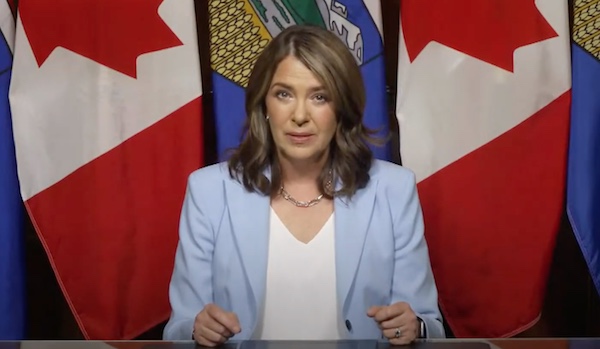
 Alberta2 days ago
Alberta2 days agoPremier Smith seeks Alberta Accord: Announces new relationship with Ottawa
-
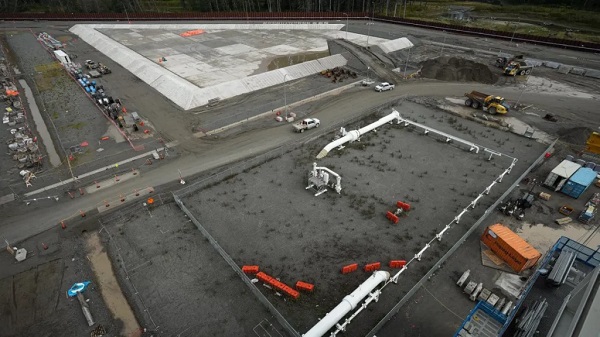
 Energy1 day ago
Energy1 day agoIt’s time to get excited about the great Canadian LNG opportunity
-

 Agriculture2 days ago
Agriculture2 days agoCanada is missing out on the global milk boom
-
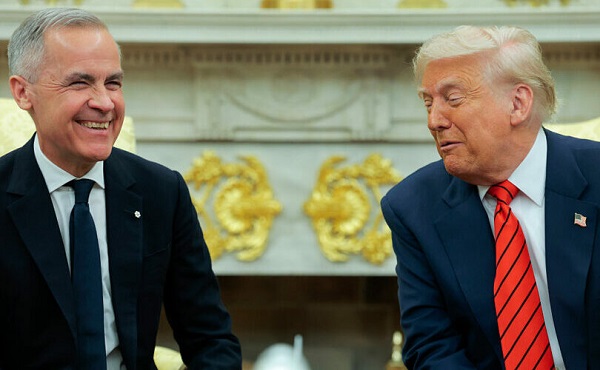
 Business1 day ago
Business1 day agoTrump praises Carney at White House, says ‘never say never’ about 51st state
-
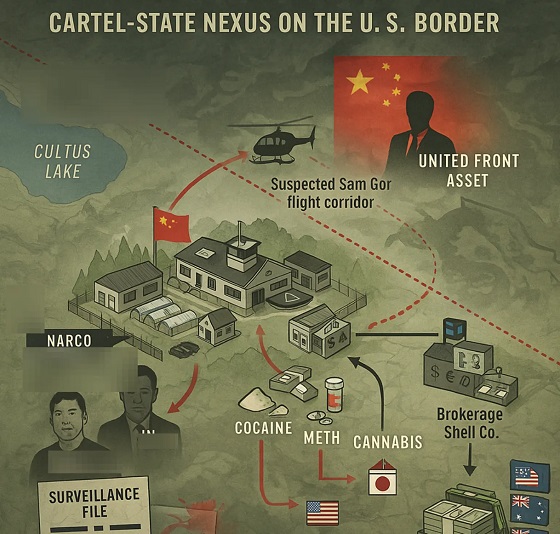
 Crime1 day ago
Crime1 day agoInside B.C.’s Cultus Lake Narco Corridor — How Chinese State-Linked Syndicates are Building a Narco Empire in Canada
-
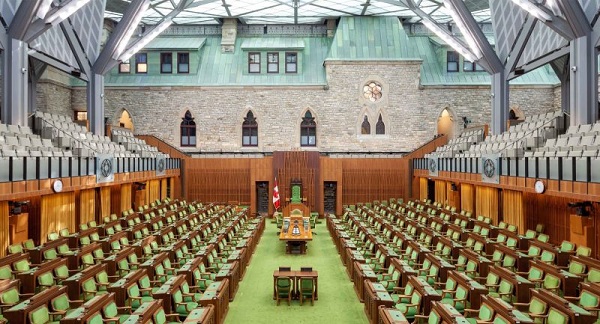
 Business1 day ago
Business1 day agoCanada’s Election Is Over And Now The Real Work Begins
-
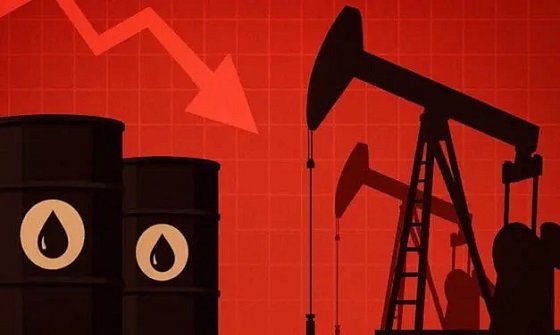
 Alberta2 days ago
Alberta2 days agoSaudi oil pivot could shake global markets and hit Alberta hard
-

 illegal immigration2 days ago
illegal immigration2 days agoNew program offers illegals $1,000 and flights to self-deport


